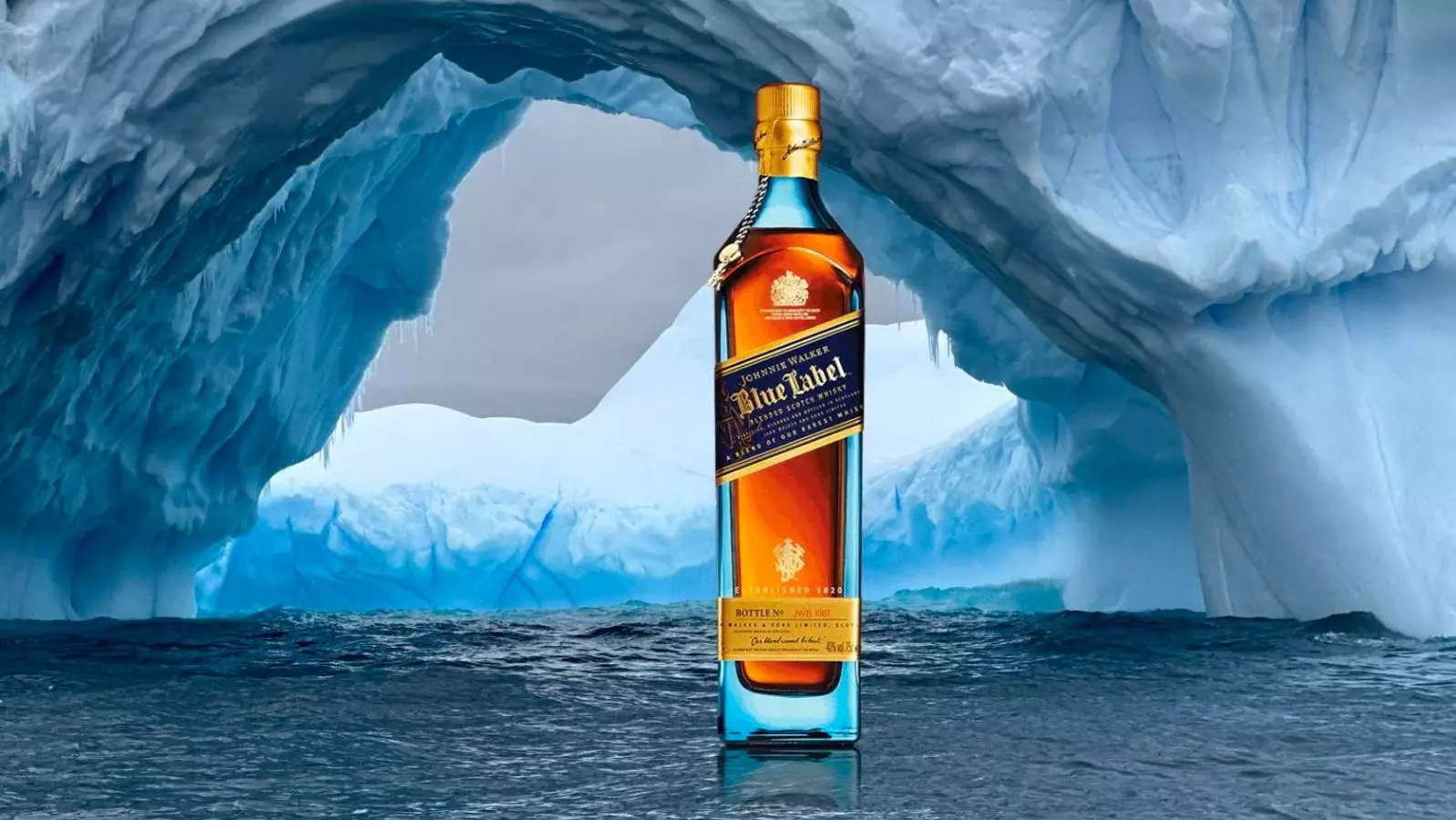Since its inception in the early 1990s, Johnnie Walker Blue Label has transformed the perception of blended scotch whisky around the globe. This bottle has become synonymous with luxury, sophistication, and exceptional quality. From its origins to its contemporary innovations, Blue Label has not only maintained its revered status but has also forged new paths in the ever-evolving spirits landscape. As we explore the nuances of this iconic beverage, it becomes evident why it has captivated the hearts of enthusiasts and casual drinkers alike for over four decades.
When Johnnie Walker Blue Label debuted in 1992, it was a bold move for the brand. At a time when the spirits market was largely dominated by less expensive offerings, the introduction of an ultra-premium blended scotch was a gamble that promised to redefine luxury spirits. Johnnie Walker aimed to elevate its portfolio by offering a product crafted from some of the rarest and finest aged whiskies, with only one in every 10,000 barrels being worthy of this distinguished label. This meticulous selection process has set the stage for Blue Label to stand out in a crowded marketplace.
The flavors and aromas of Blue Label are a masterclass in complexity. From the first nosing, the drinker is greeted with enticing notes of honey, cedar, and dried fruits, creating an aromatic backdrop that tantalizes the senses. On the palate, the first sip reveals a harmonious balance of toffee and campfire smoke, transitioning back to honey sweetness and subtle wood spices in a delicate finish. This intricate interplay of flavors tells a compelling story, one that has remained consistent since its inception.
Experts are unreserved in their praise of Johnnie Walker Blue Label. Adam Gertsen, a distinguished spirits expert and bar owner, describes it as his „absolute favorite blended scotch,” emphasizing its smoothness and intricate flavor profile that can be observed with every sip. He regards it not merely as a drink but as an experience, rich with layers of honey and chocolate that dance along the palate.
Similarly, Danilo Frigulti, head bartender at Viajante87, extols Blue Label’s balanced nature. He notes how its traditional characteristics are complemented by contemporary notes of fruitiness and creaminess. The absence of an age statement does not diminish its quality; rather, it enhances the whisky’s allure, showcasing a refined depth that appeals to aficionados and casual drinkers alike.
The luxurious presentation of Johnnie Walker Blue Label has played a significant role in its appeal. The striking cobalt-blue bottle is more than just a vessel; it embodies elegance and prestige, with a charm pendant that adds a decorative touch. This sophisticated packaging quickly aligned Blue Label with other luxury symbols of the 1990s, becoming a status symbol recognized alongside Cohiba cigars and Rolex watches.
However, as the 21st century approached, Blue Label faced new challenges as consumer preferences shifted toward single malts. The brand adapted by emphasizing its high proportion of malt whiskies—speculated to be as much as 80%, a stark contrast to typical blended scotches that rarely exceed 50%. This emphasis on quality helped cement Blue Label’s position in a changing market.
To remain relevant in the contemporary whisky landscape, Johnnie Walker Blue Label has consistently introduced limited edition releases. Each offering, often steeped in history and lore, ties back to the prestigious heritage of the distilleries that contribute to its blend. A notable example is the King George V edition, which artfully represents the traditions of whisky-making during the king’s reign.
Under the guidance of master blender Emma Walker, the brand has further expanded its portfolio with innovative expressions, such as the Xordinaire—finished in XO cognac casks—and Elusive Umami, created in collaboration with renowned Japanese chef Kei Kobayashi. These offerings highlight the brand’s commitment to pushing the boundaries of flavor while appealing to a diverse audience.
With the introduction of the Johnnie Walker Blue Label Ice Chalet, packaged in a stylish down-stuffed bag for the fashion-savvy drinker, the brand continues to merge luxury whisky with lifestyle branding. Its collaborations, such as those with skiwear designers, bring a playful yet sophisticated angle to its identity.
As Johnnie Walker Blue Label looks forward to expanding its footprint, particularly in high-profile settings like the Sundance Film Festival, it reinforces its position as a staple of luxury spirits. Ben Wald, an expert in the industry, aptly notes that Blue Label has become a cultural touchstone, much like iconic figures that require no further introduction.
In the world of luxury spirits, few brands can rival the legacy and craftsmanship of Johnnie Walker Blue Label. With its rich history, complex flavors, and commitment to innovation, it has not only survived but thrived through changing tastes and trends. For both connoisseurs and newcomers, Blue Label remains a remarkable testament to the art of whisky-making, promising enjoyment and sophistication with each pour. As it continues to enchant and inspire, one thing is clear: Johnnie Walker Blue Label is more than just a drink; it is a celebration of excellence in the realm of spirits.


Napsat komentář